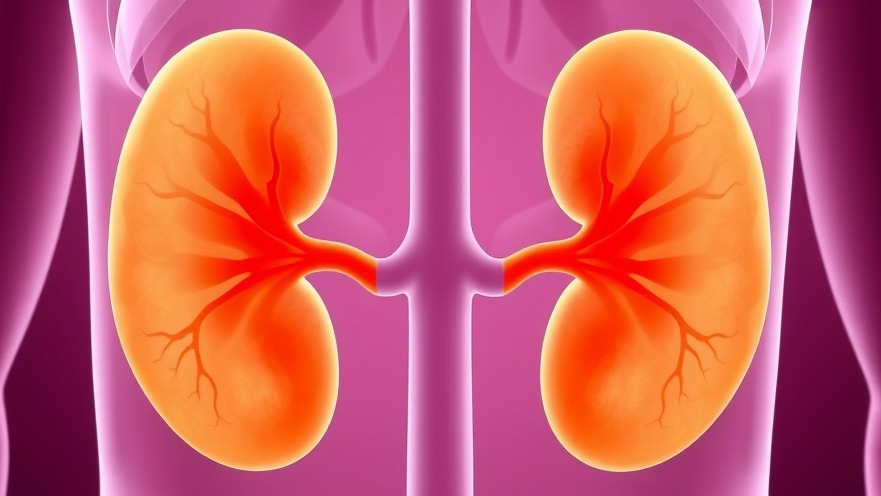
Understanding Sarcopenia: The Silent Muscle Thief
As many of us work diligently to maintain our cognitive and bone health, the silent deterioration of muscle mass often escapes our notice. This age-related muscle loss, known as sarcopenia, starts subtly but can significantly impact daily tasks, mobility, and independence. Understanding this process and how to combat it is vital for preserving our quality of life as we age.
The Biological Mechanisms Behind Muscle Loss
Research shows that starting at age 30, our bodies begin to lose muscle mass—around 3 to 8% each decade—with this decline accelerating after age 60. Factors contributing to this loss include decreased physical activity, nutritional deficiencies, emerging health issues, chronic inflammation, and hormonal changes. Most dauntingly, it involves a complicated interplay of decreased protein synthesis and muscle cell function. This biological landscape necessitates a proactive approach to maintain muscle health.
Daily Implications of Muscle Decline
As sarcopenia progresses, even simple actions—like standing up, walking, or carrying groceries—can become daunting challenges. This muscle decline isn't merely about losing strength; it can also affect endurance, causing fatigue and increasing the risk of falls and fractures. Acknowledging these implications is the first step toward combating muscle loss, empowering individuals to take charge of their physical health.
Measuring Your Grip: The First Effective Step
One of the simplest ways to gauge muscle strength is by measuring grip strength. This can be done easily using a grip strength dynamometer, which costs around $20 online. While grip strength alone might not paint a complete picture, it correlates well with overall muscle function and health.
Interestingly, studies have linked higher grip strength with reduced cardiovascular risks, underscoring the importance of preserving muscle mass for holistic health.
Nourishing Your Body: What to Eat
Adopting a balanced diet is key to combating sarcopenia. Focus on incorporating lean proteins, fresh vegetables, and whole grains into your meals. Nutrients like vitamin D, antioxidants, and long-chain polyunsaturated fatty acids can play a pivotal role in muscle maintenance. Key dietary sources include:
- Proteins: Found in chicken, legumes, and quinoa.
- Vitamin D: Sources include fatty fish and fortified drinks.
- Antioxidants: Colorful fruits and vegetables are essential.
Prioritizing these foods not only supports muscle health but also enriches overall vitality.
Adopting Holistic Wellness Practices
While nutrition plays a foundational role in preventing muscle loss, integrating physical activity into your routine cannot be overstated. Engage in light exercise like walking, resistance training, or yoga to enhance muscle strength and endurance. Regular movement boosts not only physical capacity but also enhances mental well-being and reduces stress.
Consider mindfulness practices, such as meditation or deep-breathing exercises, to support your mental health positively. A balanced approach that merges physical activity and mental wellness is crucial, leading to a better quality of life and reducing the risk of sarcopenia.
Future Trends: A Positive Outlook on Aging
As research progresses, the understanding of sarcopenia is evolving. Innovations in nutrition and fitness regimens tailored for older adults are becoming more accessible, helping individuals maintain muscle strength longer. Moreover, community initiatives aimed at promoting active lifestyles alongside comprehensive health education are gaining momentum. This positive outlook highlights the ability of older adults to defy age-related limitations through informed lifestyle choices.
Conclusion: Empower Yourself Against Muscle Loss
Understanding sarcopenia and its effects is the first step toward preventing it. Combine diet, physical activity, and mental wellness to develop a holistic approach to health that combats muscle loss and enhances your overall quality of life. As you embrace proactive habits and lifestyle changes, remember that small adjustments can yield significant benefits as you navigate the journey of aging.
 Add Element
Add Element  Add Row
Add Row 



Write A Comment